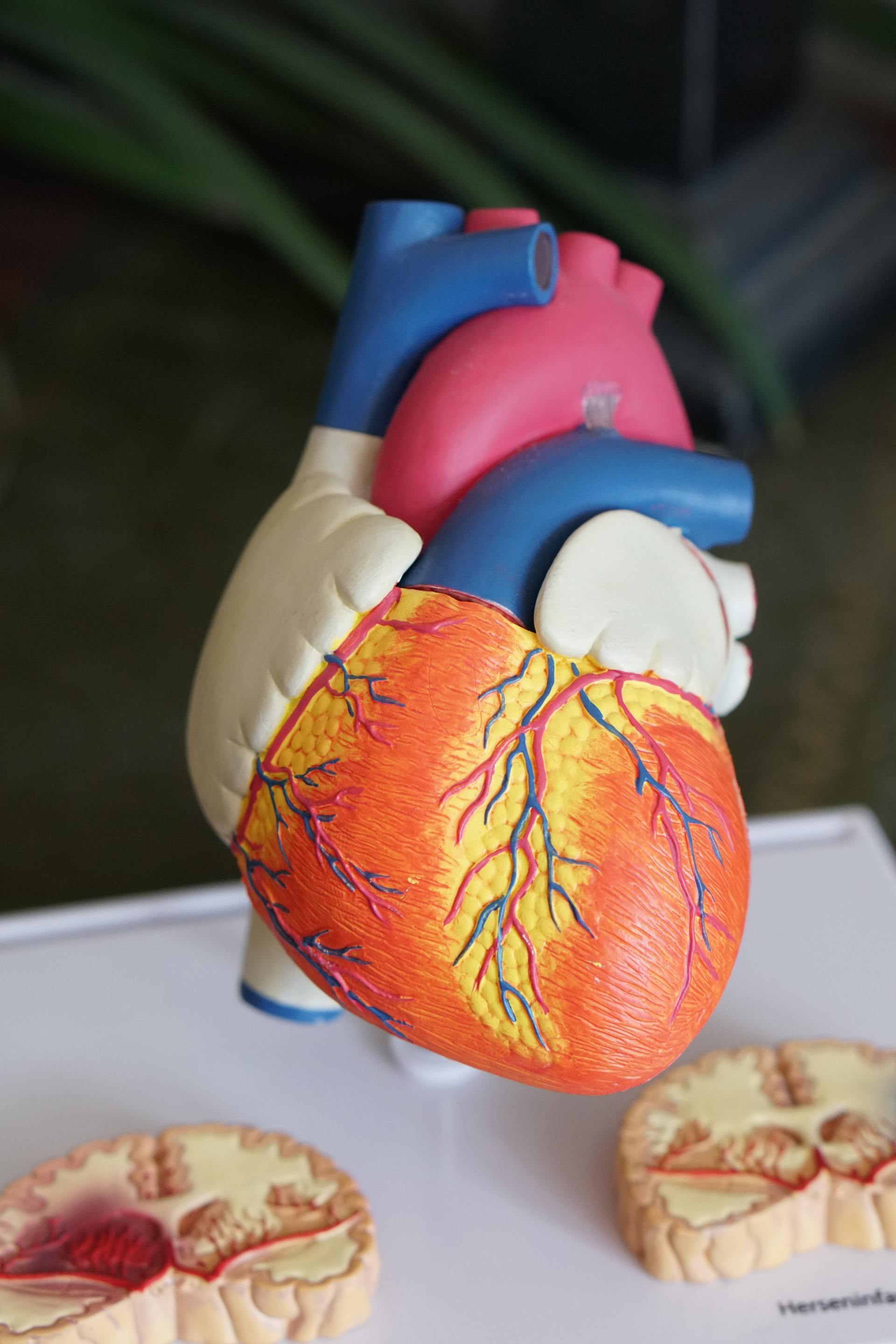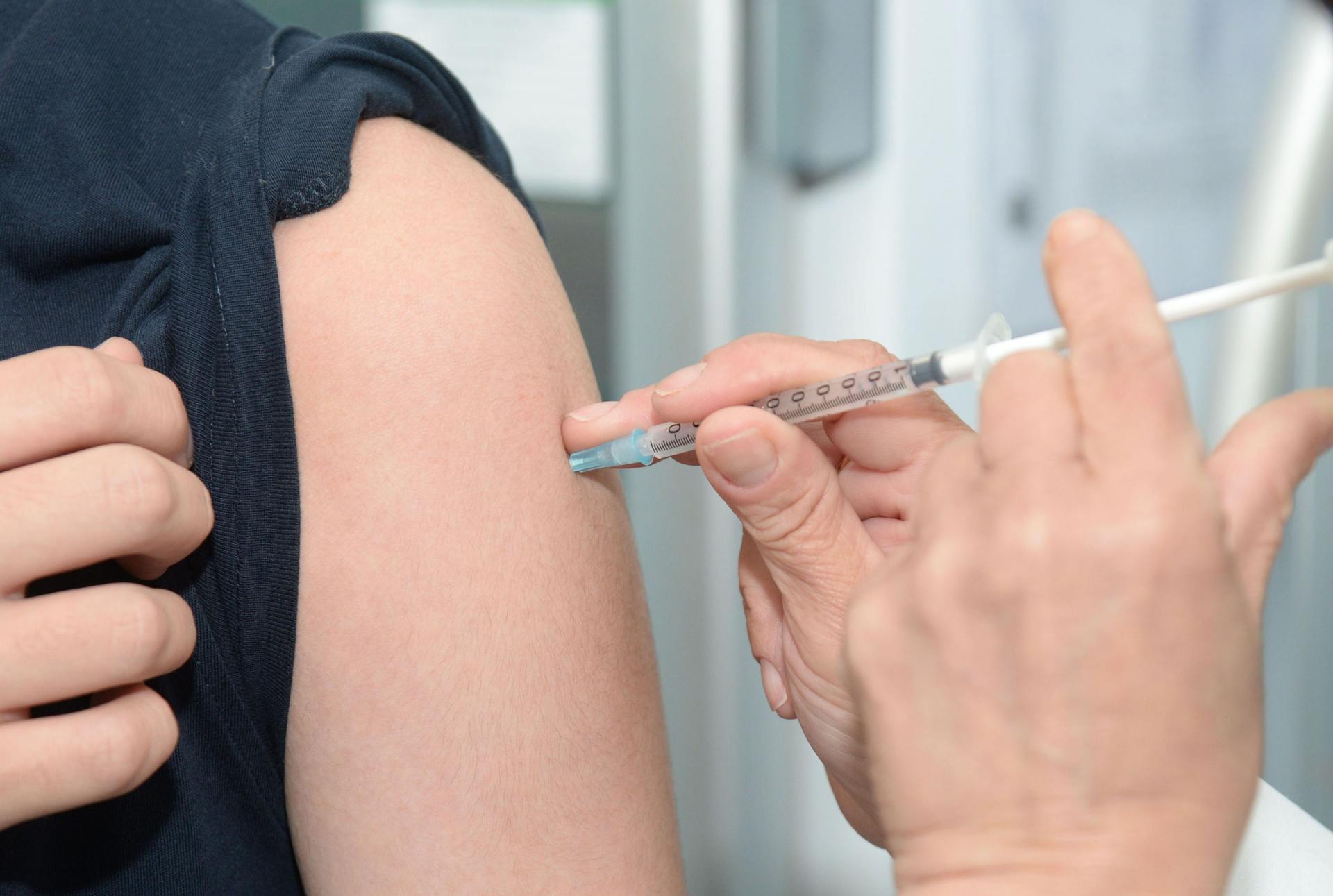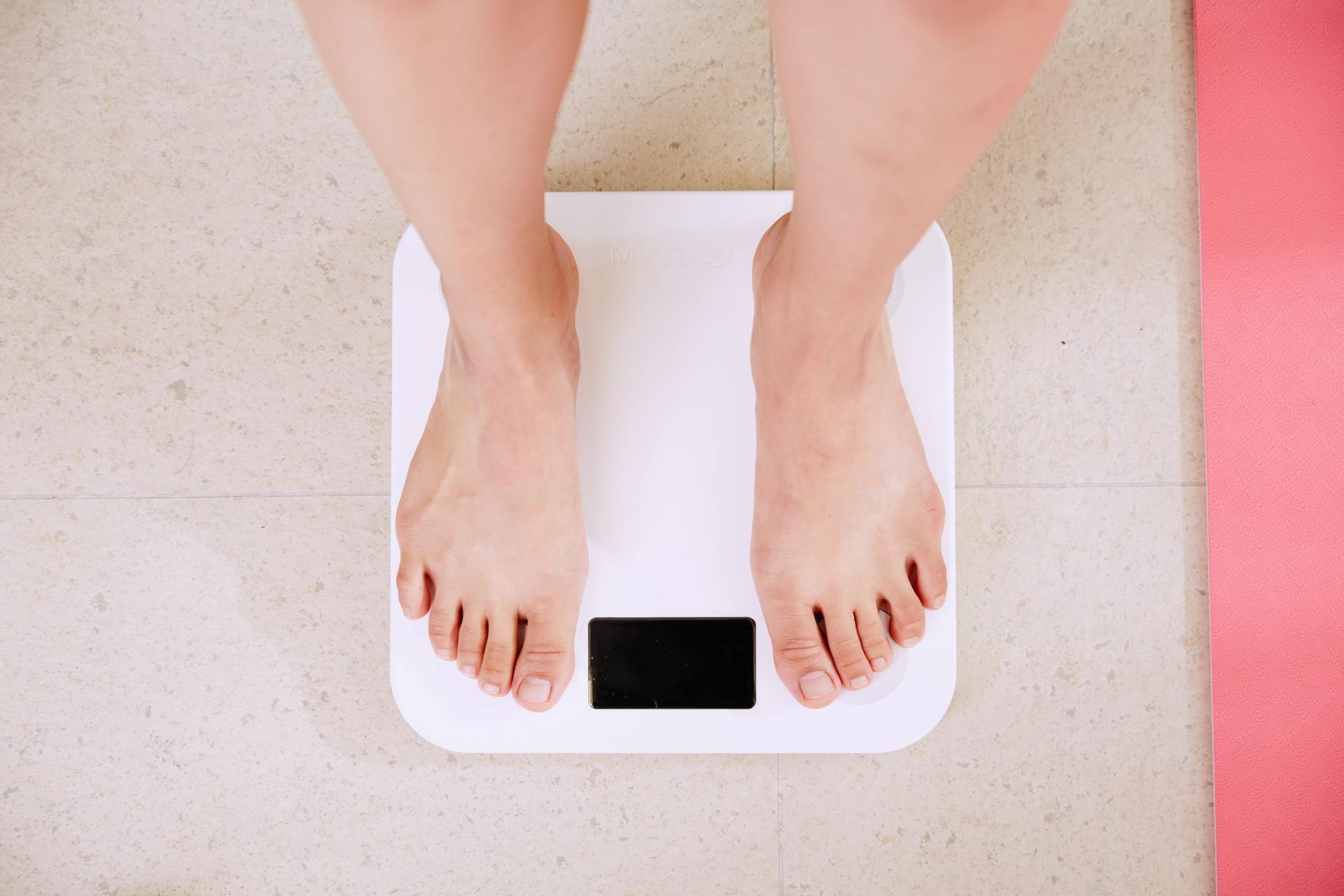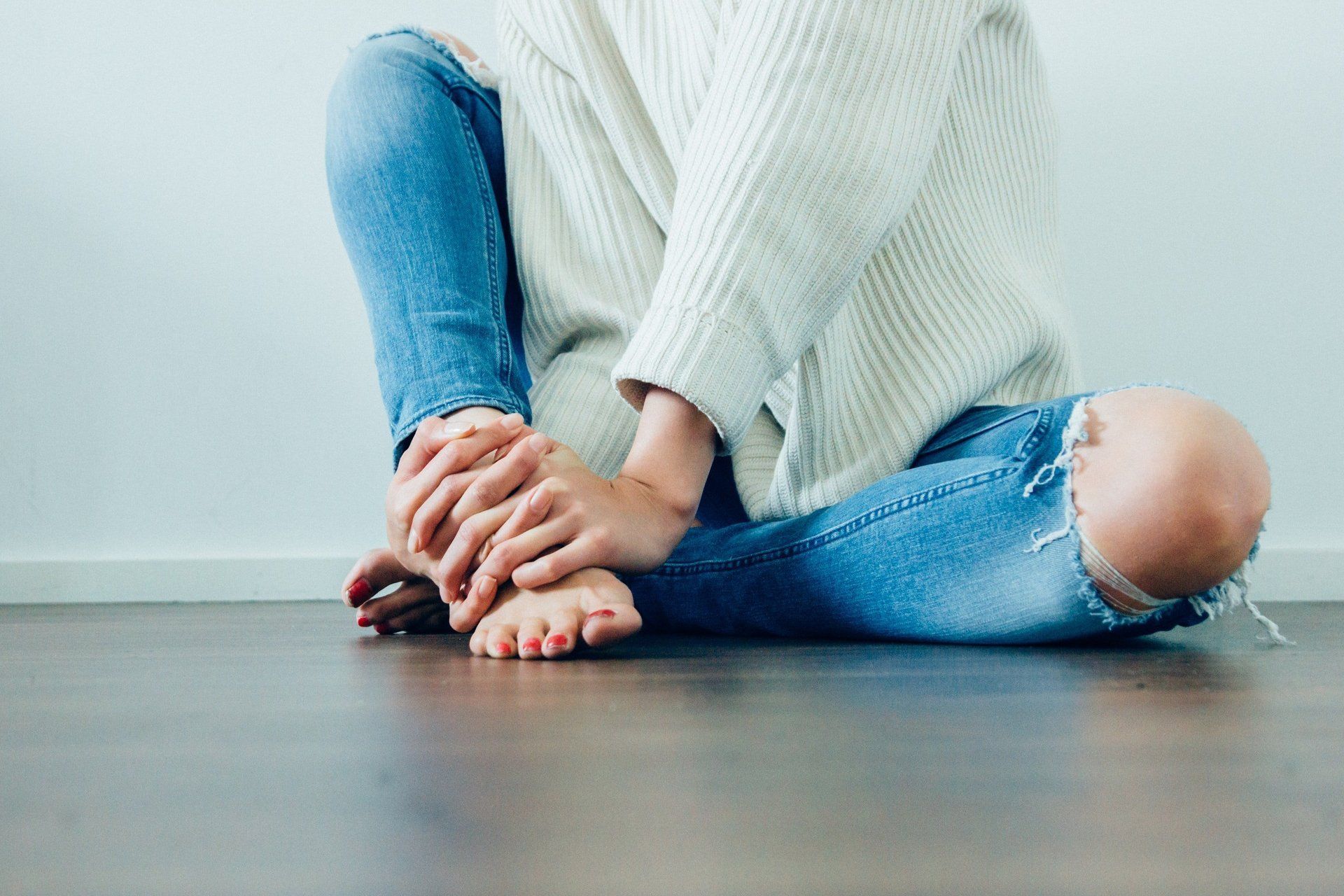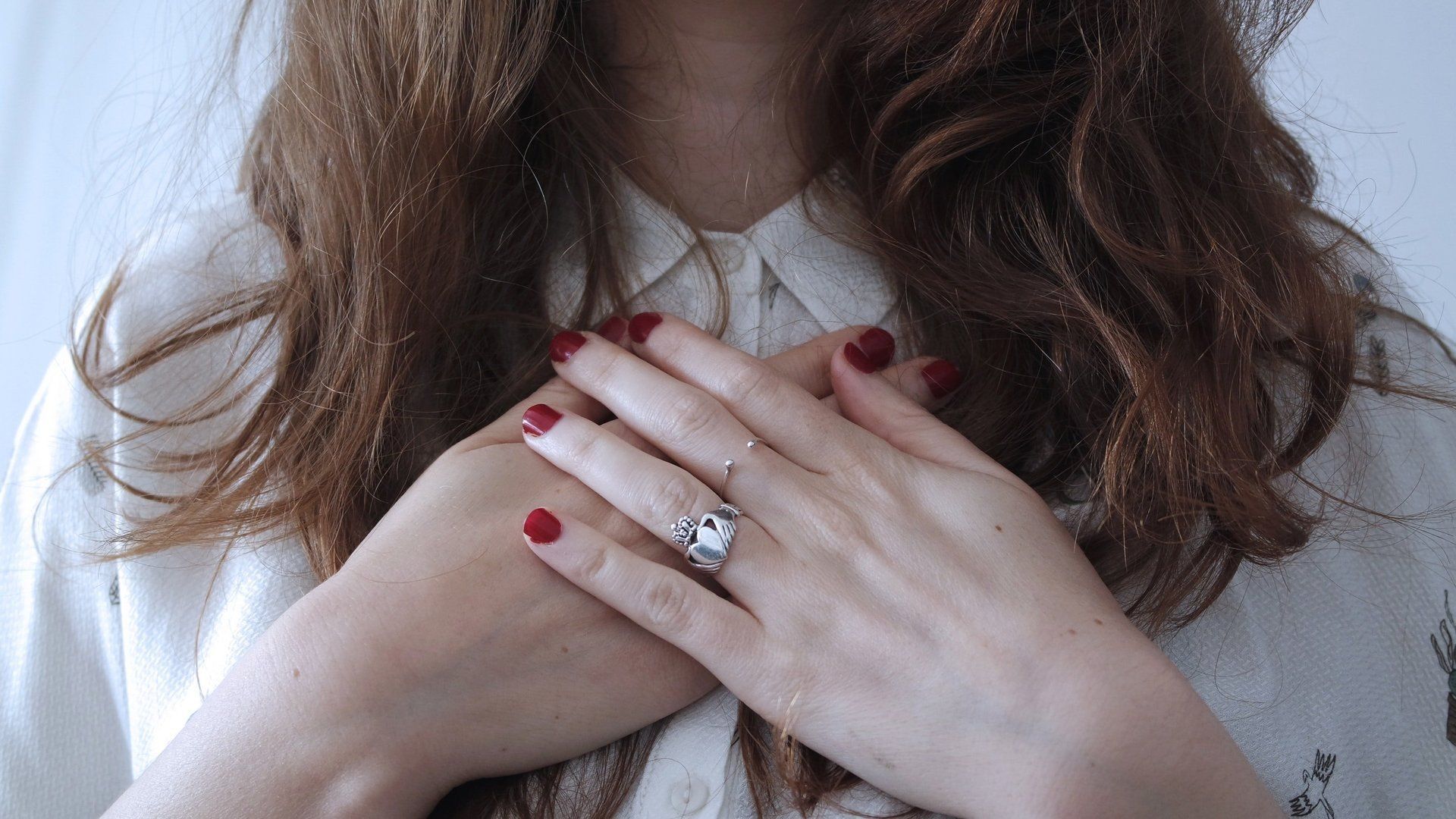To reduce blister-related pain, drain the fluid while leaving the overlying skin intact. Here’s how:
- Clean your hands and the blister with soap and warm water.
- Swab the blister with iodine.
- Sterilize a clean, sharp needle by wiping it with rubbing alcohol.
- Use the needle to puncture the blister. Aim for several spots near the blister’s edge. Let the fluid drain, but leave the overlying skin in place.
- Apply ointment (Vaseline, Plastibase, other) to the blister and cover with a nonstick gauze bandage. If a rash appears, stop using the ointment immediately as it can cause further damage.
- Change the dressing every day. Apply more ointment and a bandage.
If a blister is not too painful, try to keep it intact. Undamaged skin over a blister may act as a natural barrier to bacteria and lowers the risk of infection. Cover your blister with a bandage. If you have past allergic reactions to the adhesive used in some tape, use paper tape.
Seek medical care if the blister is painful or prevents you from walking or using one of your hands. Our trained staff at lawrenceville urgent care clinic, Sugarloaf Urgent Care, has great experience when it comes to painful blisters.


